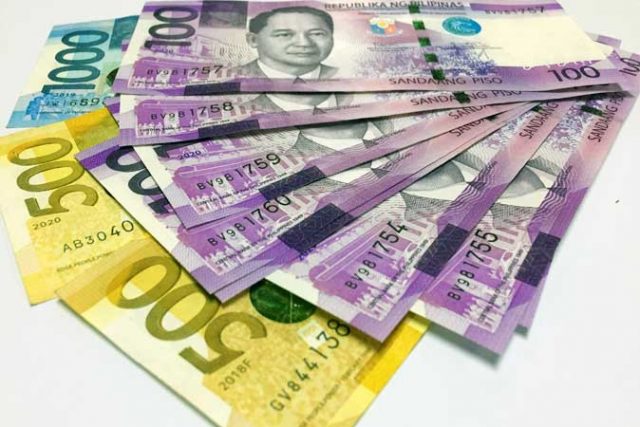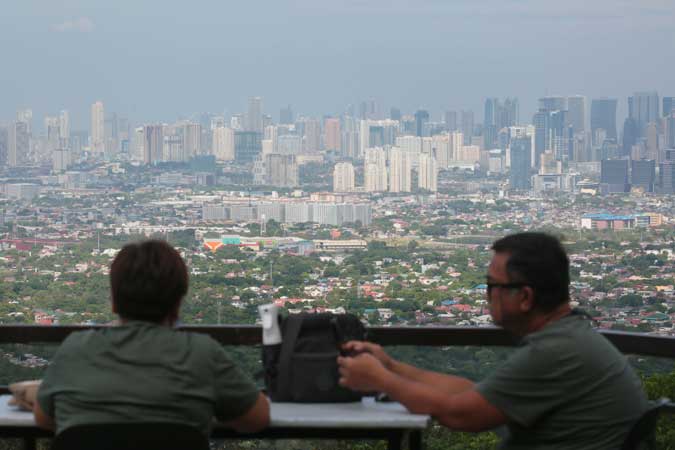By Kyle Aristophere T. Atienza, Reporter
AGNES C. HONRADA, 54, used to line up for free food at a so-called community pantry near the Philippine capital after she lost her job as an acting extra amid a coronavirus pandemic.
“I couldn’t pay my rent so I was forced to go back to the streets as a scavenger,” she said by telephone in Filipino.
Ms. Honrada, a single mom, said she received a few kilos of rice from the local government in Quezon City, but never got cash aid from the government despite several tries.
 When a civic leader sought the help of street dwellers and local residents to set up a give-and-take hub offering free canned goods, fruits, vegetables and rice to the poor, she didn’t hesitate to volunteer.
When a civic leader sought the help of street dwellers and local residents to set up a give-and-take hub offering free canned goods, fruits, vegetables and rice to the poor, she didn’t hesitate to volunteer.
“I never had second thoughts because I wanted to help even if I’m poor,” she said. “I barely have an education but I know that you don’t need to be rich to be able to help others.”
Thousands of carts carrying donated food have sprouted across the Philippines, which critics of President Rodrigo R. Duterte point to as evidence of government failure to help the poor amid one of the world’s strictest and longest coronavirus lockdowns.
His supporters, on the other hand, have accused the opposition and activists of politicizing purely charitable acts of kindness to paint his government in a bad light.
Millennial entrepreneur Ana Patricia Non started the idea of putting up a humble cart of donated food along Maginhawa Street in Quezon City in mid-April, when the capital region and nearby provinces were placed under a strict lockdown amid a fresh surge in coronavirus infections.
Her community pantry bore a sign: “Give what you can, take what you need.”
The kindness cart was set up to help people affected by prolonged lockdowns and inadequate government support, Ms. Non said by telephone.
“The pantries were set up to help the poor, but these are also a manifestation of government inadequacy,” she said by telephone.
A government task force has labeled Ms. Non and other food pantry organizers communists. Ms. Non was forced to suspend her pantry operations after being interrogated by police. She reopened after the city mayor assured her safety.
From having less than a dozen organizers in April, another community pantry along Matatag Street in Quezon City now has 26 volunteers, most of whom used to be beneficiaries of the grassroot initiative.
“These volunteers martial the lines, repack food and think of guidelines to make the pantry run better,” Hannah Nario-Lopez, one of the organizers, said by telephone.
“A community pantry is a good start for civic engagement,” she said. “That’s very important, especially during the pandemic.”
Ms. Lopez said all their volunteers barely finished school but are very capable in finding sustainable and equitable solutions for everybody.
“People should really be included when dealing with social problems,” she said in Filipino. “This is a stark contrast from the government approach of telling people not to be hard-headed and just follow directions. “If that’s the strategy, people will feel belittled and nothing will happen.”
Ed Billiones, who organized a community pantry in another village in Quezon City, said the setup has given people, including the poor, a sense of purpose.
“Before, they used to think that they could not contribute anything, that they were useless,” he said by telephone in Filipino. “Now, they realize that they can give something after being given a chance to serve others.”
‘INACTION’
Community pantries wouldn’t have spread so quickly if there weren’t “so many desperately hungry Filipinos, and so many citizens realizing that they can do something to make up for the government’s inadequacies,” Ibon Foundation Executive Director Sonny A. Africa said in a Facebook Messenger chat.
“This is also why the authorities are so threatened,” he said. Whether they admit it or not, their irresponsibility is showing and they are being made accountable for their inaction.”
The government’s economic team earlier said about 252,000 Filipinos could have lost their jobs due to the two-week strict lockdown in Metro Manila that ended in mid-April. The quarantine has since been eased.
The Philippine unemployment rate eased to 7.1% in March from 8.8% a month earlier, according to the local statistics agency. About 3.44 million Filipinos were out of work in March, down from 4.2 million in February.
But Mr. Africa noted that the labor force also grew by 3.8 million, meaning there still was not enough work for everyone.
Economic managers were “overstating employment gains to cover up the harsh impact of their refusal to give more cash aid and meaningfully stimulate the economy,” he said.
“The pantries clearly fill in a huge gap in government relief for tens of millions of distressed Filipinos,” Mr. Africa said. “The administration’s refusal to give any more aid has clearly become intolerable and people have decided to take matters into their own hands.”
The Presidential Palace remained lukewarm to calls for another round of cash aid for the poor. Presidential Spokesperson Herminio “Harry” L. Roque, Jr. has said the government should allow previous economic packages to run their course first before considering another, especially since funds are limited.
The House of Representatives has approved on second reading a third stimulus package that allots more than P400 billion to spur economic recovery.
Marikina Rep. Stella Luz A. Quimbo, one of the bill’s authors, said the measure could be funded by savings from the 2020 and 2021 national budgets as well as dividends from government-owned and -controlled corporations. She also urged the government to enforce austerity measures.
“Community pantries emerged because of the slow pace of the government’s social amelioration program,” John Paulo R. Rivera, an economist from the Asian Institute of Management, said in a Viber message.
He said the cash aid program has been plagued by issues of “exclusion, redundancy, slowness and inconsistencies.”
‘PRESSURE POINT’
The Department of Interior and Local Government (DILG) said that as of May 15, 91% of Metro Manila beneficiaries have gotten the P1,000 aid that Mr. Duterte approved more than a month ago.
“People’s stomachs can’t wait for the government to take concrete action,” Mr. Rivera said. “This is the main point being addressed by community pantries.”
“This gesture is a testament to Filipinos knowing that the government isn’t doing enough,” Noreen Sapalo, a college lecturer on culture and politics at the University of the Philippines said in a Messenger chat. “It should serve as a wake up call for our public officials.”
DILG puts the number of community pantries across the Philippines at 6,715 as of May 5.
If 100 poor families take food worth a dollar from a kindness stall daily, these pantries could be giving away a billion pesos worth of food every month, said Terry L. Ridon, former chairman of the Presidential Commission on the Urban Poor.
The number of families who benefit from these pantries daily is almost three times the number of families that benefited from the government’s modified conditional cash transfer program, the former lawmaker said in a Messenger chat.
The National Economic and Development Authority (NEDA) in 2018 estimated that a family of five spent about P127 daily on food.
Ms. Lopez said this estimate is “not dignified” and consists mostly of canned goods, not nutritious food.
“What we distribute is not just canned goods but also vegetables and meat that local governments are unable to provide,” she added.
Mr. Rivera said the rise of community pantries shows the benefits of participatory governance. “Consult, involve those who are mostly affected, those who are mostly in touch with reality,” he said.
“This is what community pantries are teaching us: We may be physically distant but we are socially integrated.”
“The community pantries are now the single-biggest pressure point on the administration to rectify its long-running insensitivity and weak COVID-19 response,” Mr. Africa said.

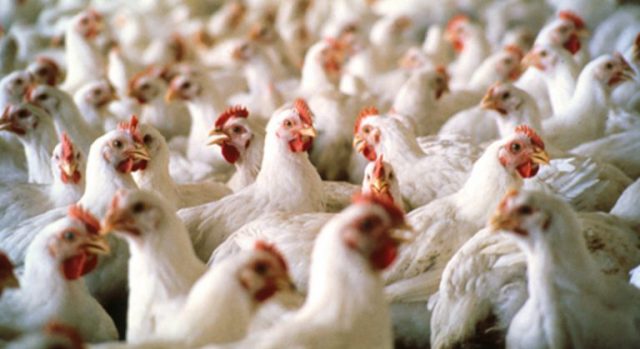

 Seen in the photos are Manila Electric Co. (Meralco) personnel during the commissioning of the new 83 MVA transformer bank no. 2 located at its San Pablo II 115 kV-34.5kV Substation in Cosico Avenue, San Pablo City, Laguna, resolving the critical loading of the existing 83 MVA transformer bank. The project also ensures the continuous power supply of the customers served by the said substation even during contingencies. It prevents possible power outages to many of its customers in the areas of San Pablo and Alaminos in Laguna, as well as in Dolores, Tiaong, Candelaria, and San Antonio in the Quezon Province. Despite the continued implementation of community quarantine measures throughout the country due to the COVID-19 pandemic, Meralco and its subsidiaries are continuously working hard to improve its distribution system in order to provide safe, adequate, and reliable electric service to its customers.
Seen in the photos are Manila Electric Co. (Meralco) personnel during the commissioning of the new 83 MVA transformer bank no. 2 located at its San Pablo II 115 kV-34.5kV Substation in Cosico Avenue, San Pablo City, Laguna, resolving the critical loading of the existing 83 MVA transformer bank. The project also ensures the continuous power supply of the customers served by the said substation even during contingencies. It prevents possible power outages to many of its customers in the areas of San Pablo and Alaminos in Laguna, as well as in Dolores, Tiaong, Candelaria, and San Antonio in the Quezon Province. Despite the continued implementation of community quarantine measures throughout the country due to the COVID-19 pandemic, Meralco and its subsidiaries are continuously working hard to improve its distribution system in order to provide safe, adequate, and reliable electric service to its customers.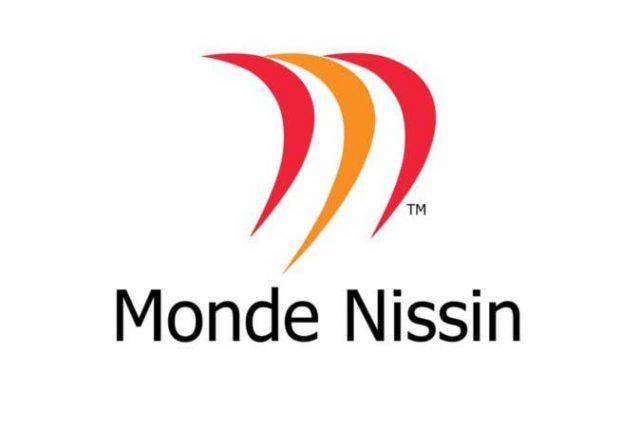



 UnionBank and Intellicare will be providing communication materials and hosting online onboarding sessions and webinars to educate the doctors on the features and benefits of eDAO and how to secure their online bank accounts.
UnionBank and Intellicare will be providing communication materials and hosting online onboarding sessions and webinars to educate the doctors on the features and benefits of eDAO and how to secure their online bank accounts.

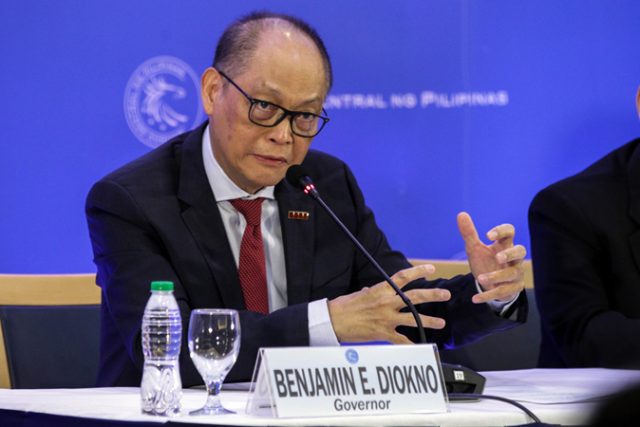
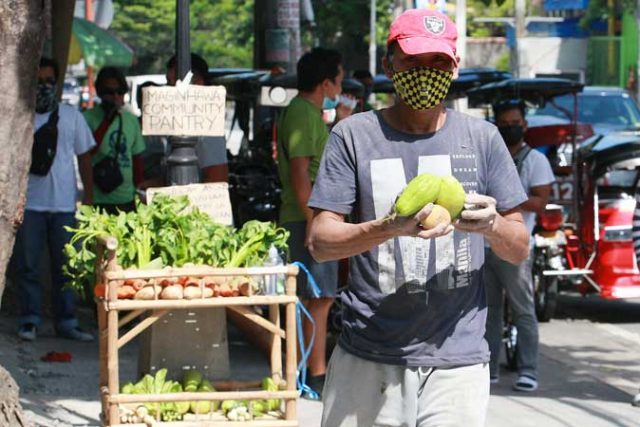
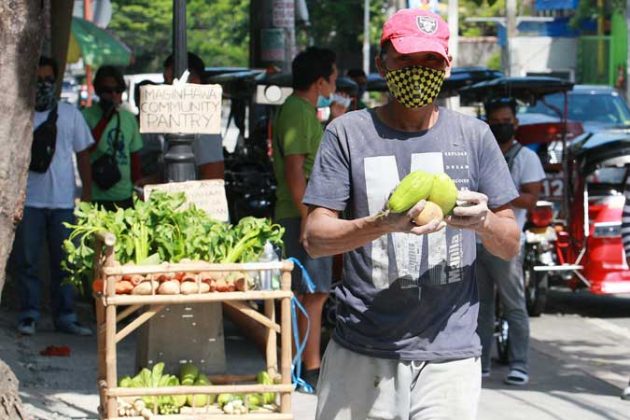
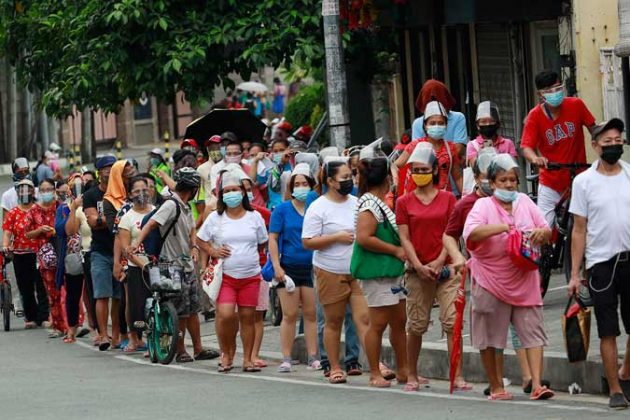
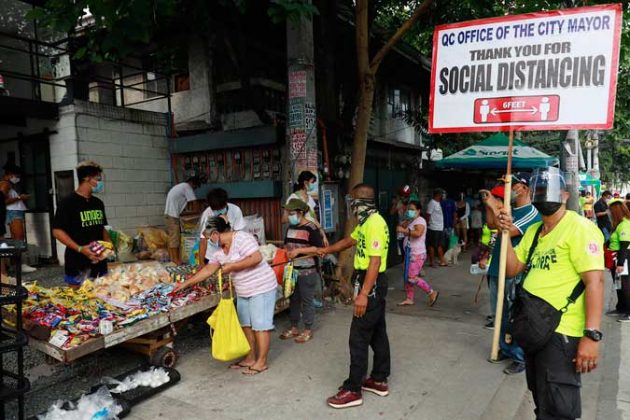
 When a civic leader sought the help of street dwellers and local residents to set up a give-and-take hub offering free canned goods, fruits, vegetables and rice to the poor, she didn’t hesitate to volunteer.
When a civic leader sought the help of street dwellers and local residents to set up a give-and-take hub offering free canned goods, fruits, vegetables and rice to the poor, she didn’t hesitate to volunteer.